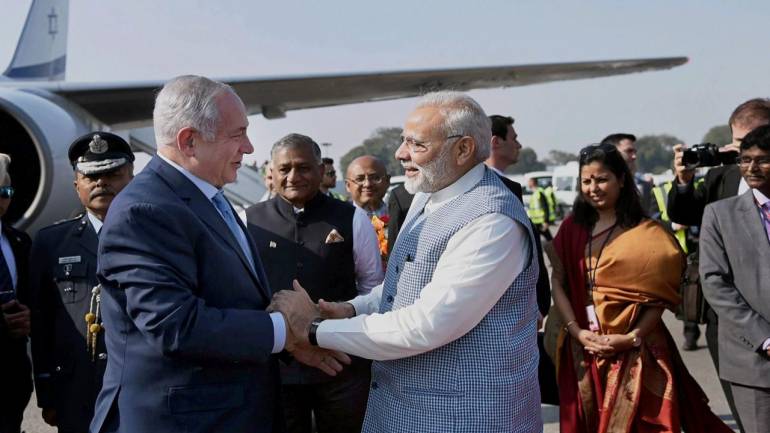The Unique Identification Authority of India (UIDAI), which issues the 12-digit Unique Identity Number as well as Aadhaar card, has introduced a new way to secure biometric details of the citizens. The move by the Aadhaar-issuing body came after media reports alleged that personal data of millions of people could be easily accessed by breaching into the 14-digit unique IDs. The UIDAI has now released the concept of a temporary, 16-digit
Virtual ID (VID)that can be used by Aadhaar holders for authentication purposes. Aadhaar card number is to be mandatorily registered with
banks, financial institutions, permanent account numbers (PAN), social security schemes and a host of other essential utilities. Therefore, Aadhaar is to be furnished for availing all these facilities. But with the launch of a Virtual ID, users can provide this temporary 16-digit number for verification purposes.
What Virtual ID (VID) means
The Virtual ID, which would be a random 16-digit number, together with biometrics of the user would give limited details like name, address and photograph, which are enough for any verification. This will give the users the option of not sharing their Aadhaar number at the time of authentication.
How to use Virtual ID (VID)
VID will be a temporary, revocable 16-digit random number mapped with the Aadhaar number, according to the UIDAI. "Last digit of the VID is the checksum using 'Verhoeff' algorithm as in Aadhaar number. There will be only one active and valid VID for an Aadhaar number at any given time," the UIDAI said in a statement. Verhoeff algorithm is a checksum formula for error detection developed by the Dutch mathematician Jacobus Verhoeff.
"VID, by design being temporary, cannot be used by agencies for de-duplication. VID is revocable and can be replaced by a new one by Aadhaar number holder after the minimum validity period set by UIDAI policy," the authority added.
The UIDAI will start accepting VID from March 1, 2018. From June 1, 2018 it will be compulsory for all agencies that undertake authentication to accept Virtual ID from their users, it added.
Further steps of UIDAI to secure Aadhaar card details
The UIDAI has also introduced the concept of 'limited KYC' under which it will only provide need-based or limited details of a user to an authorised agency that is providing a particular service, say, a telecom operator.
Many people have been opposing the mandatory linking of Aadhaar with other services over privacy concerns. Hence the deadline for linking Aadhaar with essential facilities has been repeatedly getting postponed. The current deadline for linking Aadhaar with multiple utilities is March 31.

